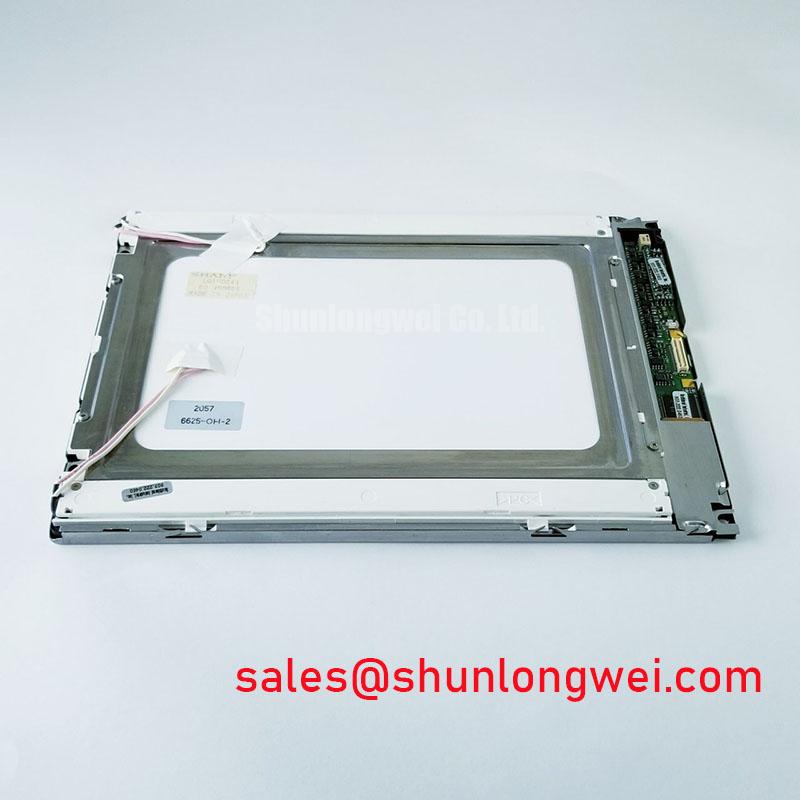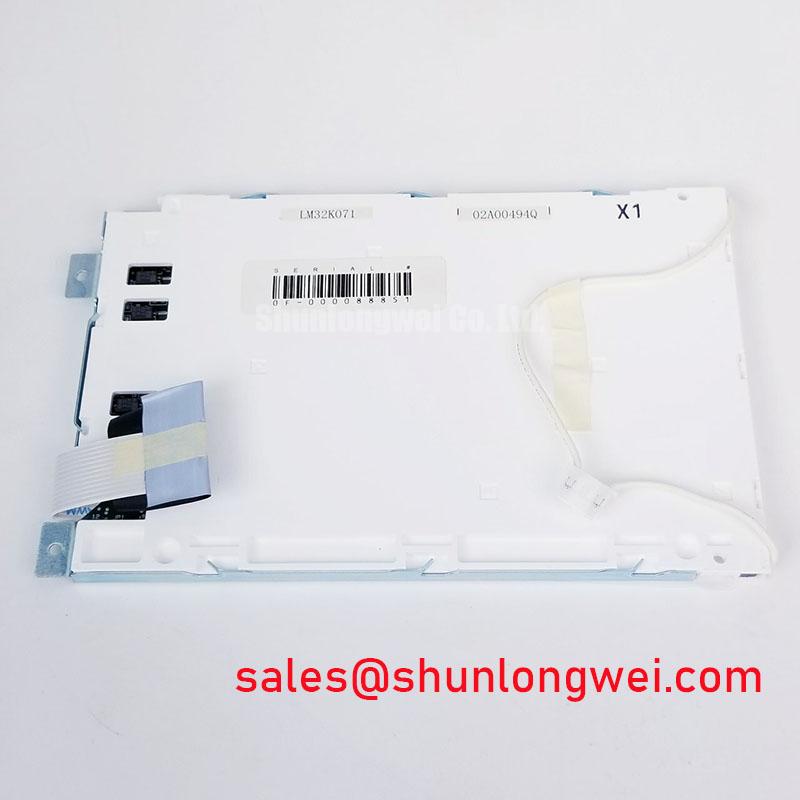Content last revised on November 14, 2025
Sharp LQ104V1DW01: 10.4-inch VGA Display for Industrial Use
Technical Overview: Reliability in Demanding Environments
The Sharp LQ104V1DW01 provides a robust HMI foundation, engineered for long-term operational stability in challenging industrial and commercial settings. This 10.4-inch color TFT-LCD module delivers dependable visual performance where consistency is a primary design requirement. With key specifications of 640x480 VGA Resolution | -10°C to +65°C Operating Temperature | 50,000-Hour Backlight, it ensures both lasting durability and clear readability. Its wide temperature range directly addresses the need for components that can function reliably without specialized environmental controls. This design focus on resilience minimizes the total cost of ownership through reduced maintenance needs over the product lifecycle.
Anatomy of a Durable Display: A Technical Breakdown
The LQ104V1DW01's resilience is not accidental; it stems from its core construction using Amorphous Silicon (a-Si TFT) active matrix technology. This established technology provides a stable and cost-effective platform for industrial-grade displays. The panel's surface is treated with an anti-glare coating, a critical feature for maintaining viewability in environments with high ambient light, such as factory floors or outdoor-facing kiosks. What is the benefit of its long-life backlight? Its 50,000-hour rating directly translates to reduced service intervals and enhanced system uptime, a key consideration in lifecycle cost analysis.
Applications Requiring Unwavering Performance
The specific feature set of the Sharp LQ104V1DW01 makes it a suitable candidate for a range of specialized applications where operational continuity is vital. The design emphasizes durability over cutting-edge resolution, targeting systems that prioritize reliability.
- Industrial Human-Machine Interfaces (HMIs): Its wide operating temperature and anti-glare screen ensure that operators can clearly read and interact with process control data under fluctuating factory conditions.
- Medical Diagnostic Equipment: In non-patient-critical monitoring devices, the display's stable performance and long backlight life contribute to the overall reliability of the host system.
- Test and Measurement Instrumentation: Provides a clear and consistent data readout for portable or benchtop devices used in field service or laboratory settings.
- Point-of-Sale (POS) and Kiosk Terminals: The module's robust construction can withstand the demands of continuous daily use in public or commercial environments.
For systems requiring a slightly larger XGA format and higher brightness, the G121S1-L01 presents an alternative set of specifications for evaluation.
Building a Resilient Industrial Ecosystem
The selection of a display module is a strategic decision that impacts long-term product viability. In an era of increasing automation and demands for 24/7 operation, components like the LQ104V1DW01 form the bedrock of dependable systems. The engineering focus on a wide operational temperature range and extended backlight longevity aligns with industry trends towards creating "fit-and-forget" systems that minimize maintenance overhead. This approach not only improves the end-user experience but also reinforces the manufacturer's reputation for building durable, high-quality equipment. For a deeper understanding of display technologies in industrial settings, resources like Industrial vs. Consumer Displays offer valuable context.
Core Specifications for System Integration
The following parameters are essential for evaluating the integration of the LQ104V1DW01 into your design. This selection highlights the key performance indicators tied to its industrial focus. A full list of specifications is available in the official product datasheet.
| Parameter | Specification |
|---|---|
| Screen Size | 10.4 inch (26 cm) diagonal |
| Resolution | 640(H) x 480(V) pixels (VGA) |
| Brightness | 200 cd/m² (typical) |
| Operating Temperature Range | -10°C to +65°C |
| Storage Temperature Range | -30°C to +70°C |
| Interface | LVDS (1 port, 6-bit) |
Data-Informed Component Evaluation
When selecting a display, engineers must weigh various performance metrics against application requirements. The Sharp LQ104V1DW01 is specified with a 300:1 contrast ratio and 200 cd/m² brightness. This level of performance is well-suited for indoor industrial control panels where data clarity under controlled lighting is the primary objective. In contrast, applications demanding high visibility in direct sunlight may require evaluation of panels with significantly higher brightness and contrast ratios. What is the best fit for this display? For cost-sensitive industrial HMIs operating in temperatures from -10°C to +65°C, the LQ104V1DW01's specification profile offers a highly reliable and pragmatic solution.
Strategic Component Selection for Long-Term Value
Integrating a display like the Sharp LQ104V1DW01 into a product line is more than a technical choice; it is a commitment to operational dependability. By choosing components specified for resilience, engineering teams can build a foundation of trust with their customers. The extended backlight life and broad temperature tolerance are not just datasheet entries—they are tangible assets that reduce the total cost of ownership and support a brand's reputation for producing robust, field-ready equipment that stands the test of time.
Frequently Asked Questions (FAQ)
1. What is the specified operating temperature range for the LQ104V1DW01?
The module is designed to operate reliably within a temperature range of -10°C to +65°C, making it suitable for many unconditioned industrial environments.
2. Is the backlight on the LQ104V1DW01 user-replaceable?
The datasheet indicates the CCFL backlight system is integrated. With a typical lifetime of 50,000 hours, it is designed to last the intended service life of many industrial products, minimizing the need for replacement.
3. What type of digital interface does this display use?
The LQ104V1DW01 utilizes a 6-bit LVDS (Low Voltage Differential Signaling) interface, which is a common standard in industrial applications for its noise immunity and ability to support long cable runs between the controller board and the display panel.
4. How does the anti-glare surface benefit an industrial application?
The anti-glare coating diffuses reflections from ambient light sources. This significantly improves screen readability, reduces operator eye strain, and minimizes errors when the display is used under bright overhead lighting, typical of factory floors or control rooms.









